Table of content
Making glutinous rice dumplings, also known as zongzi in Chinese, is a cherished tradition during festivals like the Dragon Boat Festival. These delicious, sticky treats are wrapped in bamboo leaves and filled with a variety of ingredients, making each bite a delightful surprise. While the art of making zongzi may seem intricate to beginners, with this comprehensive guide, you’ll soon master the craft and enjoy the satisfying process of crafting your own glutinous rice dumplings.
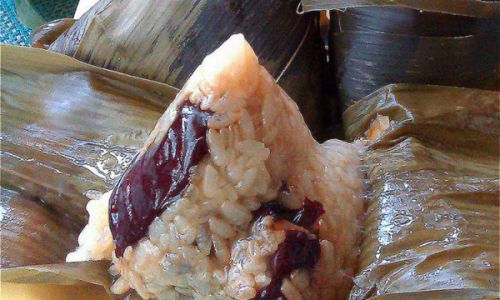
Understanding the Basics
Before diving into the recipe, it’s essential to understand the fundamental components of glutinous rice dumplings:
- Glutinous Rice: The star ingredient, known for its sticky texture when cooked.
- Bamboo Leaves: These serve as the wrapper, giving the dumplings their classic shape and aroma.
- Fillings: The options are endless, ranging from sweet fillings like red bean paste, lotus seed paste, or dates, to savory ones like pork, salted duck egg, and mushrooms.
- Binding Materials: Often, a strip of bamboo leaf or cotton string is used to tie the dumplings securely.
Preparation and Tools
To ensure a smooth cooking experience, gather the following tools and ingredients:
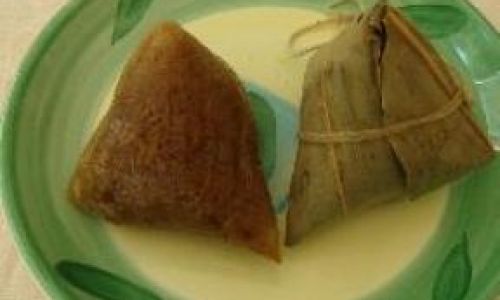
- Fresh or dried bamboo leaves (soaked in water overnight if dried)
- Glutinous rice (soaked in water for at least 4 hours or overnight)
- Your choice of fillings
- Binding materials (bamboo leaf strips or cotton string)
- A large pot for boiling
- A bowl for mixing the rice and seasonings (if any)
- A spoon or chopsticks for handling the sticky rice
- A clean cloth or paper towels for wiping the bamboo leaves
Step-by-Step Guide
Step 1: Prepare the Bamboo Leaves
- Cleaning: Rinse the bamboo leaves thoroughly under running water to remove any dirt or debris.
- Softening: If using dried leaves, soak them in water overnight. Fresh leaves may only need a quick boil or steam to make them pliable.
- Wiping: Pat the leaves dry with a clean cloth or paper towel. This helps prevent the rice from sticking to the leaves.
Step 2: Prepare the Glutinous Rice
- Soaking: Place the glutinous rice in a large bowl and cover with water. Soak for at least 4 hours or overnight. This step ensures the rice cooks evenly and becomes sticky.
- Draining: Drain the rice well before use. You can let it sit in a colander for about 30 minutes to remove excess water.
- Seasoning (Optional): Mix the rice with a pinch of salt, a drizzle of oil, and any other seasonings you prefer. This adds flavor and helps prevent the rice from sticking together excessively.
Step 3: Prepare the Fillings
The fillings can be as simple or elaborate as you like. Here are a few popular options:
- Sweet Fillings: Red bean paste, lotus seed paste, dates, or sweetened osmanthus flowers.
- Savory Fillings: Pork belly (marinated with soy sauce, five-spice powder, and sugar), salted duck egg yolks, mushrooms, and bamboo shoots.
Cut the fillings into bite-sized pieces for easy handling and wrapping.
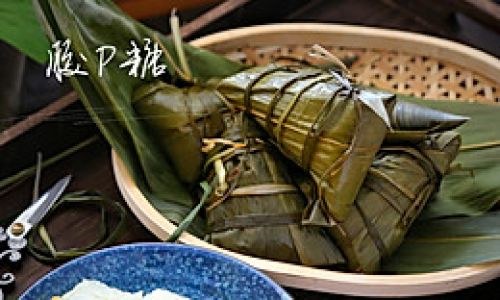
Step 4: Wrap the Dumplings
- Folding the Leaf: Take one bamboo leaf and fold it in half lengthwise, creating a crease. Open it up, and place it with the crease facing you. This creates a wider base for the dumpling.
- Adding Rice and Filling: Spoon a layer of glutinous rice onto the center of the leaf, leaving some space at the edges. Place your chosen filling on top of the rice.
- Folding and Sealing: Fold the bottom edge of the leaf up over the filling, then fold in the sides. Finally, roll the dumpling forward, tucking in the excess leaf at the top to enclose the filling completely.
- Securing: Use a strip of bamboo leaf or cotton string to tie the dumpling securely. This prevents it from unraveling during cooking.
Step 5: Cook the Dumplings
- Boiling Water: Fill a large pot with water and bring it to a rolling boil.
- Adding Dumplings: Carefully place the wrapped dumplings into the boiling water. Make sure they are submerged completely.
- Cooking Time: Boil the dumplings over medium-high heat for about 2 to 3 hours, depending on their size. Smaller dumplings may take less time.
- Checking Doneness: To check if the dumplings are cooked, remove one and let it cool slightly. Unwrap it to ensure the rice is tender and sticky.
Step 6: Serving and Enjoying
- Cooling: Once cooked, remove the dumplings from the pot and let them cool slightly. This makes them easier to handle.
- Unwrapping: Carefully unwrap each dumpling, being mindful of the hot steam.
- Serving: Serve the dumplings warm or at room temperature. They can be enjoyed with a dipping sauce like soy sauce, sweetened condensed milk, or honey, depending on your preference.
Tips for Perfect Zongzi
- Soaking: Ensure both the glutinous rice and bamboo leaves are soaked adequately to achieve the desired texture.
- Tight Wrapping: Wrap the dumplings tightly to prevent them from falling apart during cooking.
- Boiling Time: Cooking time may vary depending on the size and density of the dumplings. Always check for doneness to avoid overcooking or undercooking.
- Storage: Leftover dumplings can be stored in the refrigerator for up to a week. Reheat them by steaming or boiling for a few minutes before serving.
Conclusion
Making glutinous rice dumplings is not just a culinary endeavor but a cultural experience that brings families and friends together. By following this step-by-step guide, you’ll be able to create delicious, authentic zongzi that will delight your taste buds and evoke a sense of tradition and nostalgia. Whether you opt for sweet or savory fillings, the joy of crafting these sticky treats lies in the process itself. So, gather your ingredients, roll up your sleeves, and embark on a culinary journey that promises both delight and fulfillment. Happy dumpling-making!
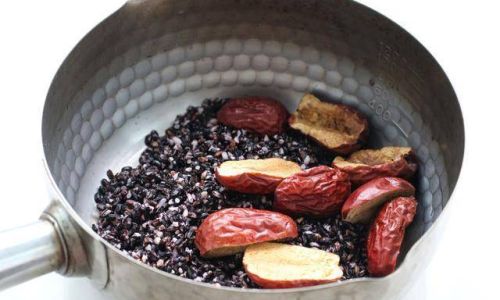
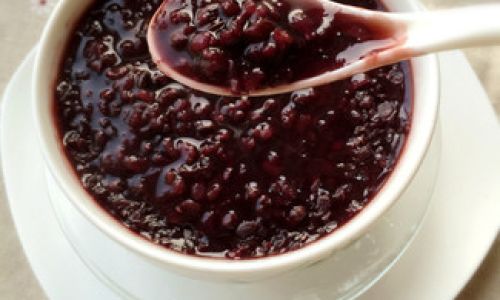
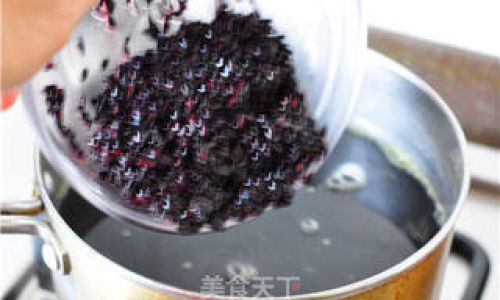

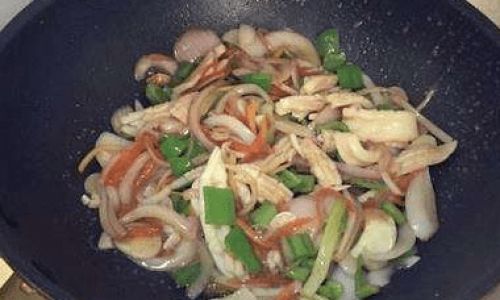

0 comments